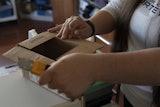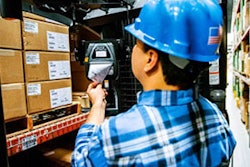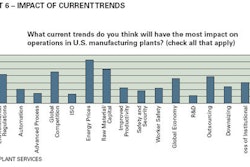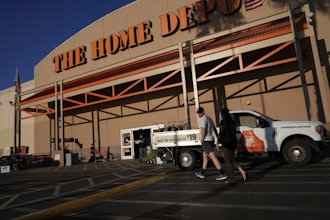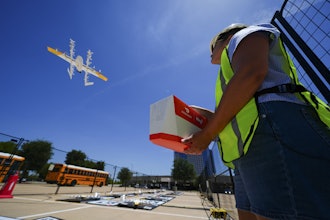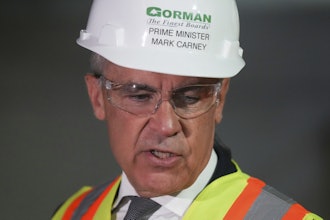This article first appeared in IMPO's January/February 2013 issue.
Industrial inspection cameras have revolutionized the predictive maintenance industry. From the many types of cameras available, thermal imagers are ones that have claimed their place in a manufacturer’s predictive maintenance arsenal. Once an instrument too expensive for the average facility, today’s technology has advanced thermal imagers to the point of necessity and made these tools affordable and adaptable for any maintenance program. Sensitivity, resolution, and especially price are continuing to evolve, allowing thermal inspection cameras to become a priceless necessity.
“Thermal Inspection cameras have proved to be great assets,” says Kevin Lesnewski, product manager, Thermal Imager Division, Testo Inc. “They provide the ability to augment our own keen human senses.” Facilities base countless essential decisions every day on information obtained via sight—and “visualization, along with the ability to interpolate data, allows us to make informed decisions before noticeable signs of failure appear, in a safe effective process that is essential to all predictive maintenance programs,” he explains. Thermal imaging allows manufacturers to see their plant in a whole new light and today’s thermal imaging equipment is making sure that that view is ever improving.
Need Vs. Want
There are many choices that manufacturers may need to sort through when attempting to select the correct, and best, inspection camera for their applications. Quality cameras can easily cost over $6,000, even with the price drop in commercial grade thermal imagers in recent years. “They still represent a significant investment,” points out Gary D. Lux, VP of sales, Palmer Wahl Instrument Group. His best advice for choosing the best camera for the job is “don’t overspend your money on a ‘Super HD’ thermal imager if you don’t need it” and “do your homework before you purchase your thermal imager.” He adds that some of the top questions a buyer can ask when making a thermal imager purchase include:
- How long is your warranty?
- Will you cover accidental breakage?
- Do you have a loaner program?
- What will it cost to recalibrate the camera?
“Buyers beware,” he says, “manufacturer’s recalibration fees vary widely, and can quickly cost more than your thermal imager if you have a requirement to recalibrate your camera each year.”
And to make the decision easier, many thermal imagers are now also upgradeable. “Ask the manufacturer if the firmware in the camera you are planning to purchase can be upgraded in the field, or if it has to be returned to the factory,” suggests Lux. Some companies allow users to upgrade cameras in the field by simply sending a new firmware update on an SD card. And manufacturers “should send customers an ‘Update Notice’ if firmware updates are available for their cameras,” he adds. “They should also send a ‘reminder’ notice if your camera has a mandatory recalibration program as part of your company’s ISO-9000 program or some other quality control requirement.”
A Priceless Investment
Few maintenance tools can offer a 10 times return on the initial investment in the first year of use, but Lux explains that the cost should not be the only concern when purchasing a new thermal imager: “You will need to make an investment in training for someone.” He explains that at least the thermal camera operator needs to be a Level I thermographer, but “behind every good predictive maintenance program, there is usually a Level II thermographer hiding somewhere.” Thermal imaging training “is not expensive,” he says and “can save your company thousands of dollars in downtime.”
Whether just looking for a simple ‘how-to’ for thermal imagers or certification, training can take place in the classroom or in the user’s facility, and can be custom-tailored to a user’s applications. Thermal imaging training offers industrial professionals ways to reduce risk, increase uptime, save money, conserve energy, and improve safety.
“The name of the game really is managing the ‘health’ of a piece of machinery to allow it to operate at your desired productivity level while extending its longevity at minimal operational cost,” says Lux. “There’s no one ‘cure all,’ but incorporating thermal imaging as part of a well-planned predictive maintenance and preventive maintenance program can sometimes give immediate cost savings.”
“With enough time and resources, you can always measure and collect data to come to the same conclusion, but the same questions always linger,” adds Lesnewski: “How could this have been done better?” Did I miss anything?” Thermal imagers help provide this type of assurance by allowing users to visualize, then measure where and when required.
Says Lesnewski, “The real advantages are better and more effective inspections from using a thermal image to ‘see’ a large complex set of data and have the ability to decide, do I have a problem or not? This is priceless.”
